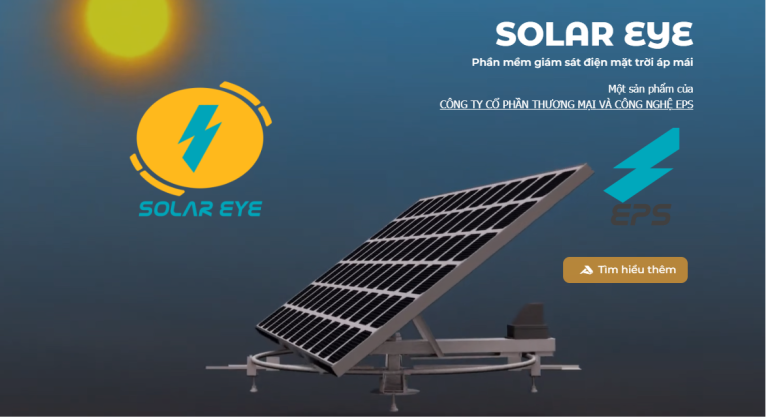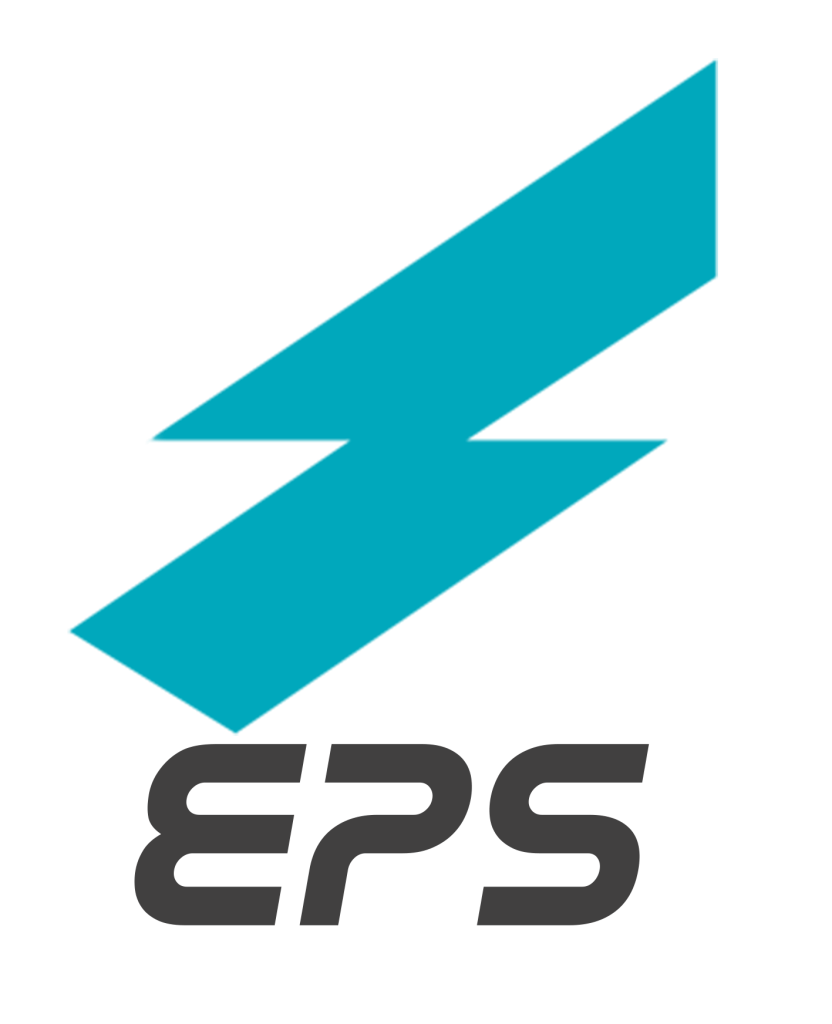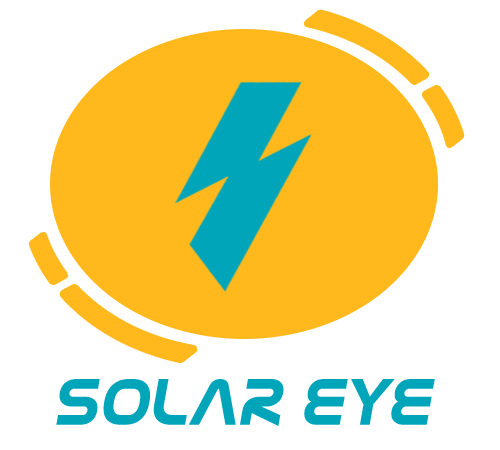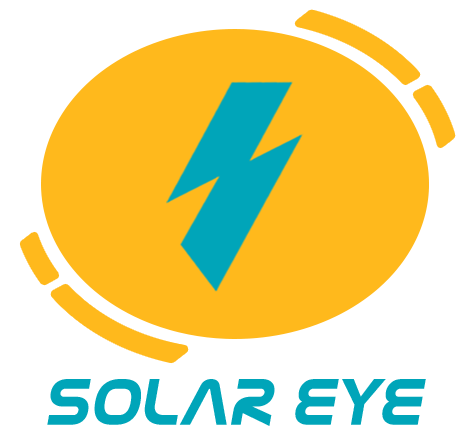
Things to Consider before Installing Solar Inverters
Đăng ngày | No Comments
Shaded Versus Full Sun
Before installing solar inverters for your system, it’s important to understand how the different types of inverters can help mitigate the effects of shading on your panels. Not every home or business has completely unrestricted access to sunlight throughout the day. Because of the presence of trees, nearby buildings, or other structures, you may need an inverter that can maximize the electricity generated from less exposure to the sun. If your panels are partially shaded during the day but you need maximum output, consider installing an inverter and optimizers. These optimizers can be used alongside string inverters to facilitate more electricity than a string inverter alone. Microinverters are also highly efficient and are appropriate for use with panels that receive partial shade during the day.
Monitoring Needs
Will you want to closely monitor the output and health of your photovoltaic panels? If the answer is yes, you should opt for a microinverter or a power optimizer rather than a string inverter. Both microinverters and power optimizers allow users to monitor the status of an individual solar panel to assess its performance. Problems can be detected and easily repaired. If your array is smaller and monitoring is not a concern, the more affordable string inverters may work well.
Single-Phase or 3-Phase
Another consideration is whether you will need single-phase electricity or 3-phase electricity to run equipment and appliances that provide a heavy draw on your power source. For example, SMA single-phase inverters are adequate for most standard household purposes, as they can meet the routine power needs of most residences. However, if you plan to power shop equipment, appliances with powerful heating elements, or welding equipment from your solar system, you may opt for a 3-phase solar inverter that will chop up the DC electricity from a single-phase supply and distribute it out over a 3-phase supply. Consider whether 3-phase power is something you need, as 3-phase inverters cost several hundred dollars more than a comparable single-phase inverter.
Budget
Budget may also be a consideration when installing solar inverters for your system. If you’re trying to build a solar power system on a lean budget, you should opt for string inverters that will give you adequate functionality and reliability for the lowest price point. If budget is not a consideration, you may prefer the enhanced features and performance of microinverters or power optimizers.
Grid-Tied or Stand-Alone
Another thing to consider before installing inverters is whether your system will be grid-tied or stand-alone. If you plan to rely on both your solar power system and the grid for back-up electricity, you’ll need an SMA hybrid solar inverter. These inverters allow your household electricity to seamlessly transition from one power source to the other. However, a stand-alone system requires only a standard solar inverter, which is usually less expensive than a hybrid inverter.
If you plan to install solar inverters at your home or business, give some thought to the factors mentioned above to ensure you get the most appropriate style of inverter for your system while maximizing your budget. To learn more about things to consider when installing solar inverters

37 Bùi Hữu Nghĩa, Phường An Hải Bắc, Quận Sơn trà, Thành phố Đà Nẵng
+84 846 39 19 68
contact@solareye.vn









Leave a Reply